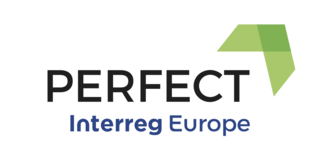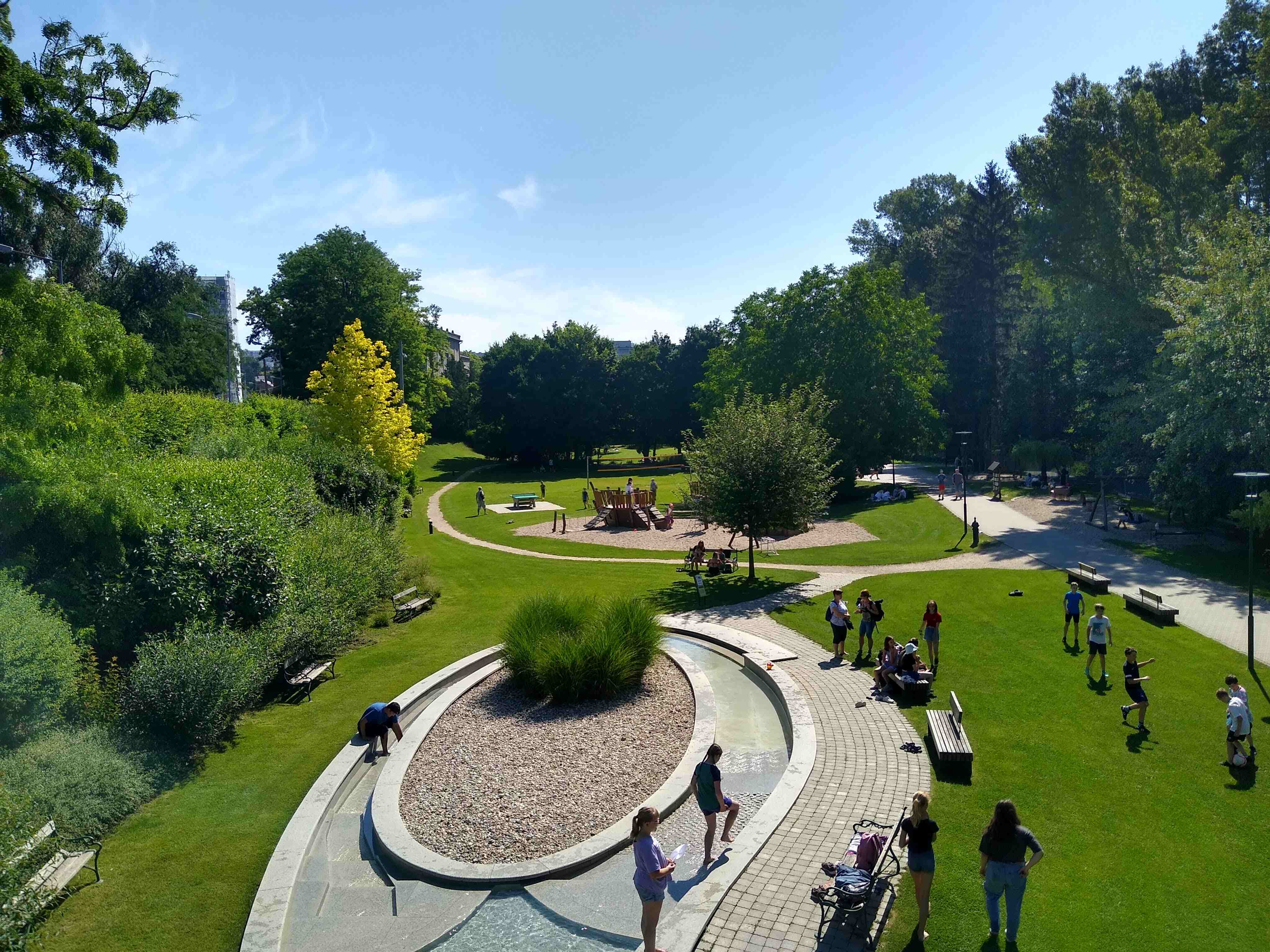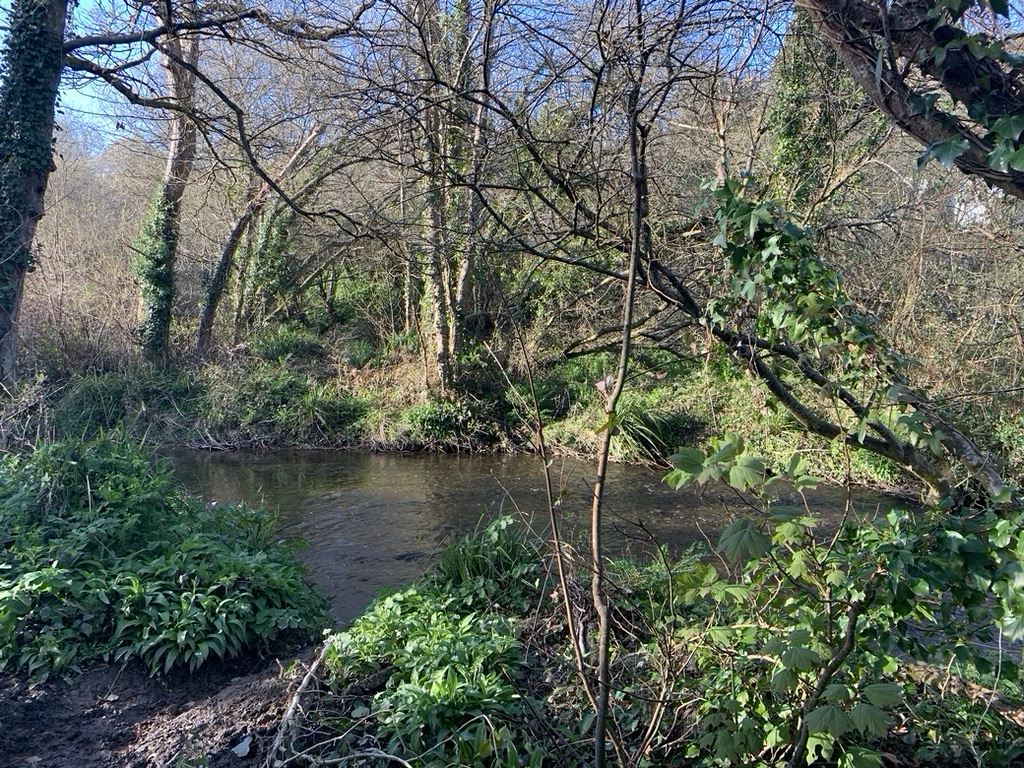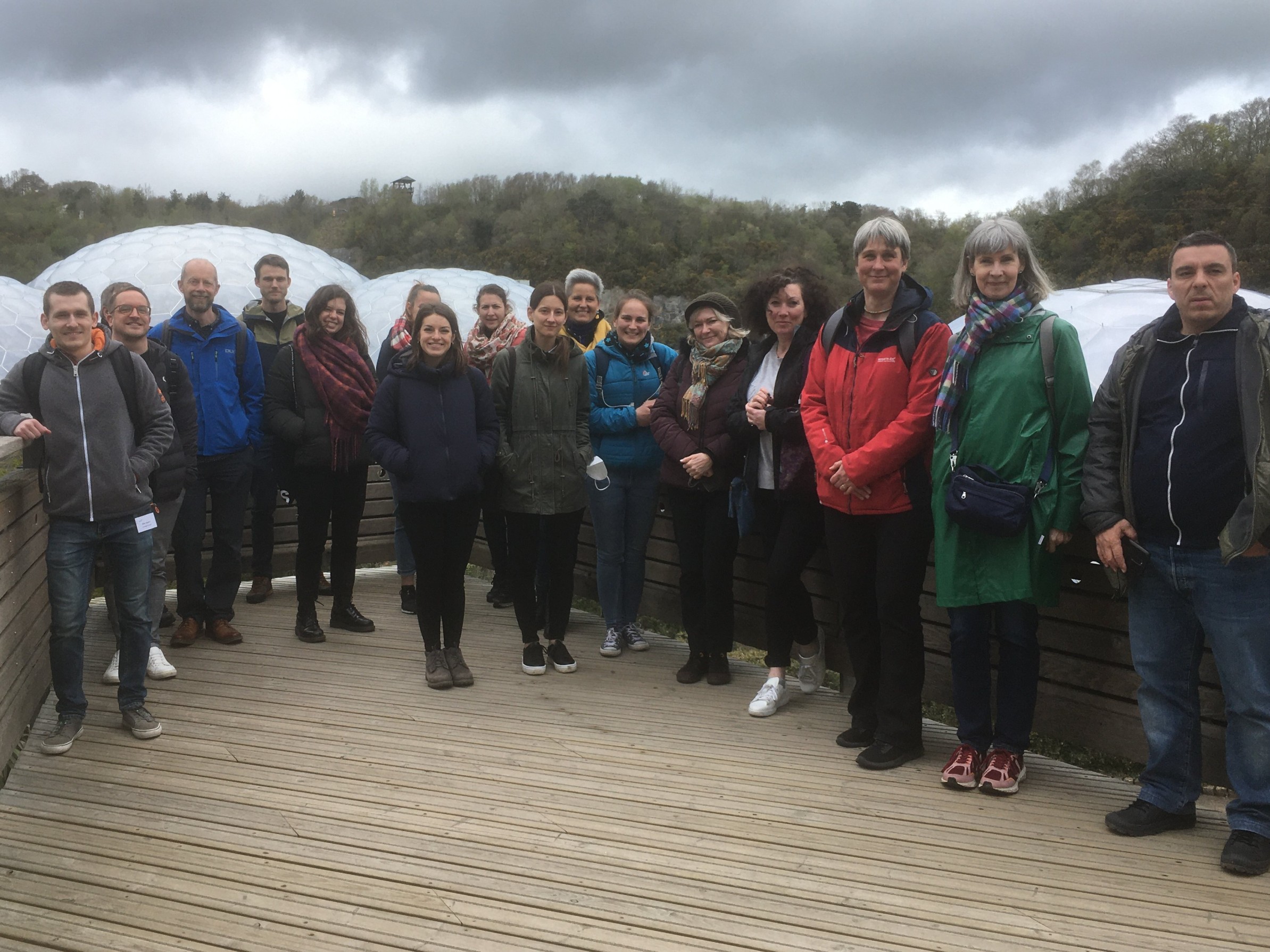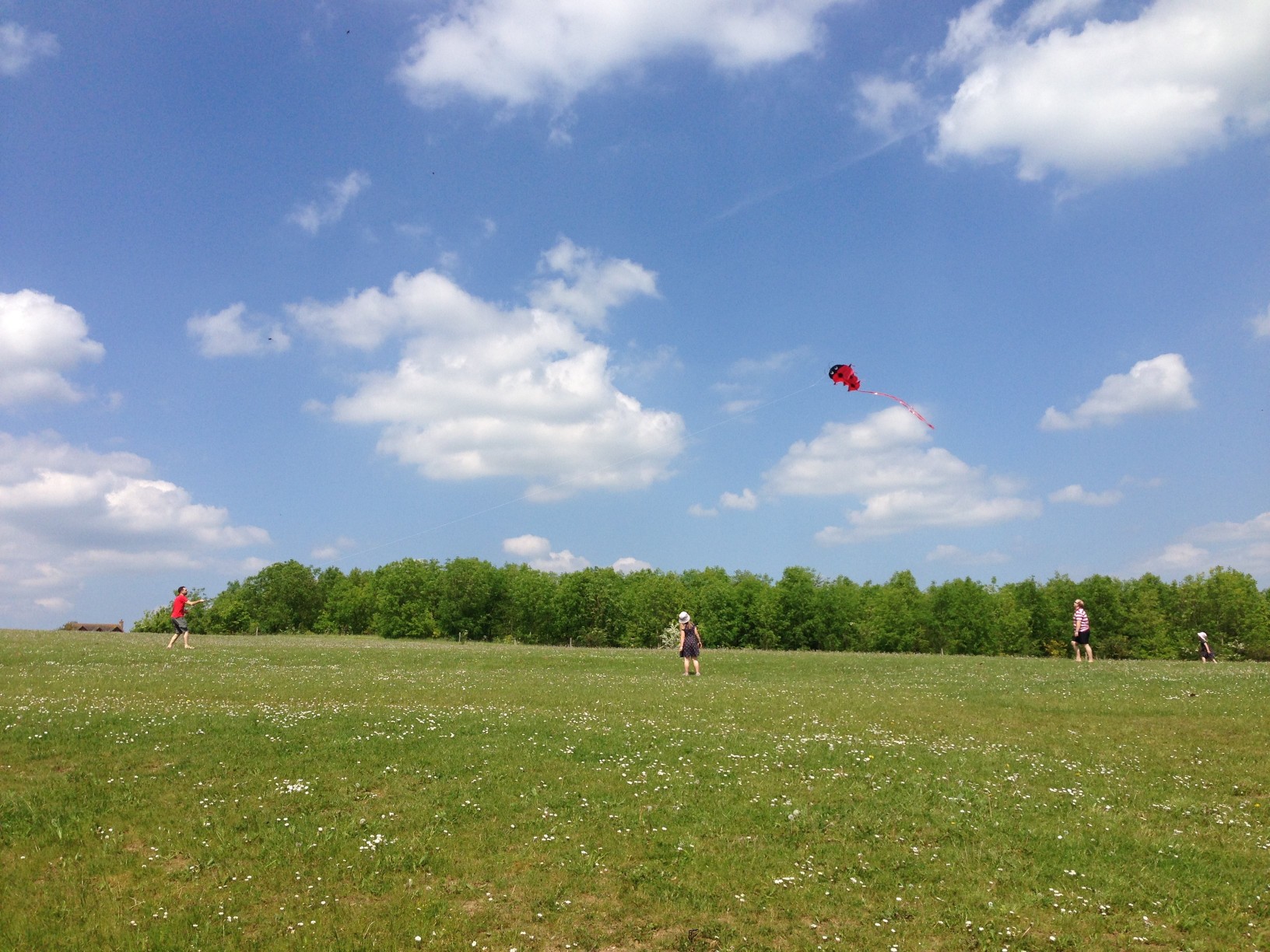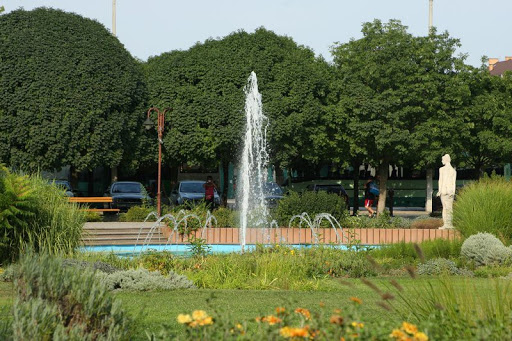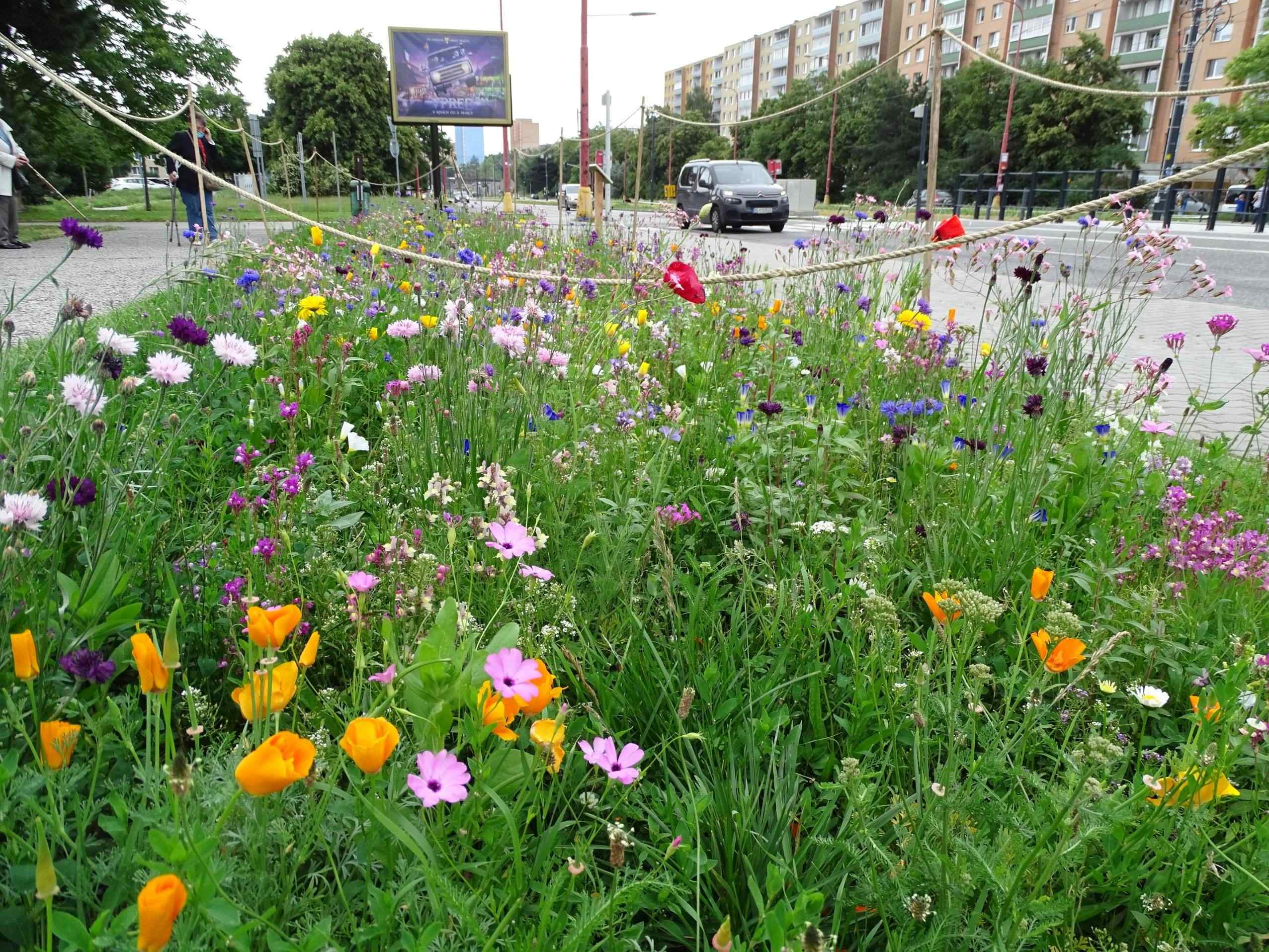The PERFECT partners have published their action plans to be implemented in Phase 2 of the project, 2020-21, acting as a template for the work programme for 2020-21. These documents provide details on how lessons from PERFECT will be implemented to improve each partner’s policy instrument. The action plans include, unsurprisingly, ‘actions’ to be undertaken, and have been prepared and developed during Phase 1 of the project, based on experience shared among the partners.
Exchanges of knowledge, learning from partner meetings, study visits, the use of the PERFECT project MAGIC Matrix and the Interreg EU Good Practice database (among other things) have been central in the development of partners’ action plans and will be crucial in the implementation in phase 2 of the project.
The action plans have now all been finished, validated by the Interreg Europe Joint Secretariat, and endorsed by the partner organisations – a positive result showing the hard work that all partners have put into writing their action plans.
Below is a brief outline of each partner Action Plan and a link to access the complete document
| Partner | Description | Download |
| Lead Partner - TCPA, UK | Focuses on developing and strengthening the relationship with green infrastructure stakeholders, increase the level of consideration of GI at policy level and highlights the value of sharing with European project partners. | Here |
| Partner 2 - Cornwall Council, UK | The action plan sets out two main actions: a consistent approach to planning guidance, focusing on efforts to deliver greater levels of GI and to create a comprehensive locally-led understanding of GI opportunities and ensure that they are understood and used by decision-makers. | Here |
| Partner 3 - Social Ascention of Somogy Development, Communication and Education Nonprofit Ltd, Hungary | Their aim is to create liveable cities and climate-friendly urban areas by increasing the area of green spaces and enhancing the quality of green infrastructure. | Here |
| Partner 4 – Provincial Government of Styria, Department for Environment and Spatial Planning, Austria | It includes the production of a ‘Green Infrastructure Cookbook’ for local councils to raise awareness of green infrastructure in spatial planning and help with decision-making by explaining green infrastructure’s multiple benefits. | Here |
| Partner 5 – City of Amsterdam, the Netherlands | The main objective is to strengthen local policy by promoting the health of disadvantaged communities through investments in green infrastructure in their neighbourhoods. | Here |
| Partner 6 – Regional Development Agency of the Ljubljana Urban Region, Slovenia | The actions' focus on improving the quality of public spaces and the efficient use of space by pitting GI on the political agenda and creating a strategy for the protection and development of GI in the Ljubljana urban region. | Here |
| Partner 7 – Bratislava Karlova Ves Municipality, Slovakia | The plan listed four green priorities with actions attached to each: climate adaptation, biodiversity, social and health aspects of resilience and education. It is hoped that these actions will achieve a more integrated approach to green infrastructure. | Here |
| Partner 8 – Municipality of Ferrara, Italy | Their aim is to improve the quality of its green infrastructure networks rather than the quantity, focusing on and analysing the benefits that this will provide citizens. | Here |
Further information from each partner on how they developed their action plans is available in the PERFECT special edition of Town & Country Planning
